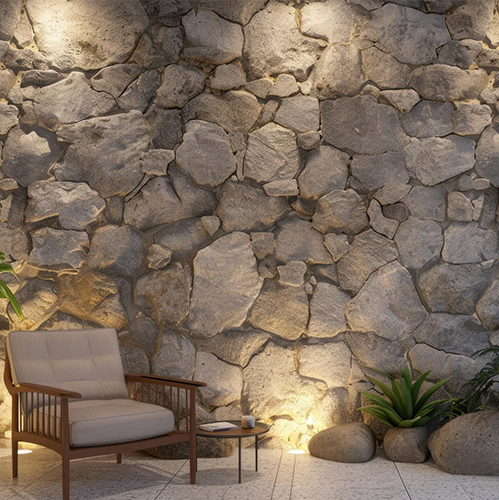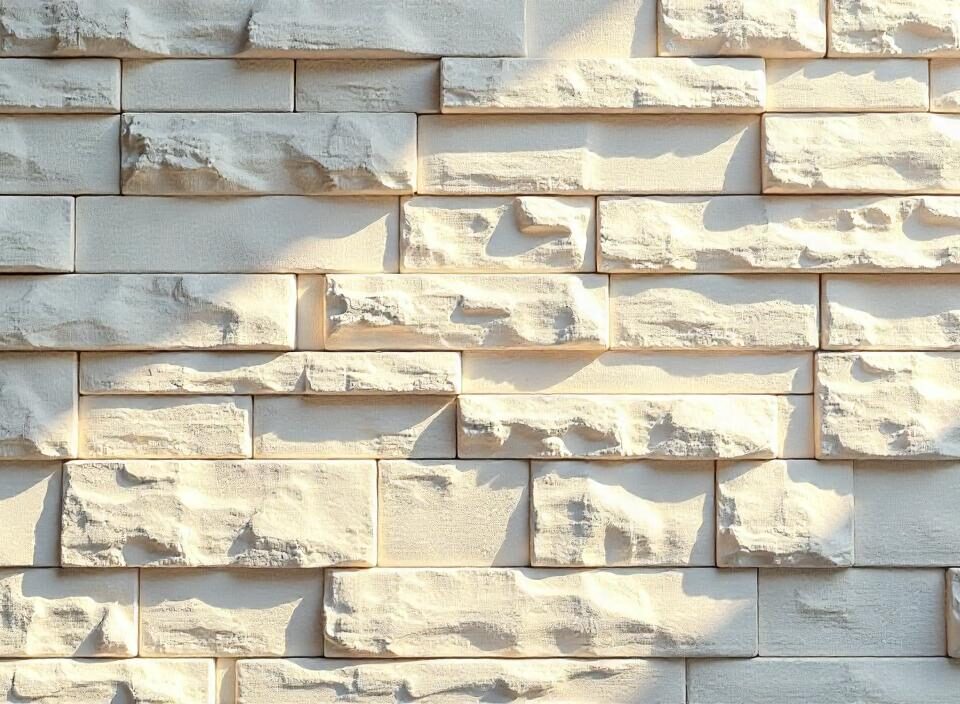Stone wall cladding brings timeless and natural splendor to homes inside and outside. It is very durable and aesthetically pleasing which is why homeowners and businesses eventually prefer to use concrete. But that isn’t all, regular cleaning and care are important if you want to keep it beautiful and prolong its life. In this guide, we will tell you how to clean the Stone Wall Cladding with no damage to the material.
- Understand the Type of Stone
So before we start cleaning, it's good to ascertain what stone your wall cladding is made from, so you perform the correct cleaning process. Granite, limestone, slate, and sandstone are all types of stone and each needs to be cleaned differently, using different products. For example, for porous stones, such as limestone or sandstone, they have a higher tendency to stain, and require more gentle care than non porous stones, such as granite.
The wrong cleaning method can damage the stone, reduce its lifespan, so take time to learn what your specific stone type requires. - What You’ll Need Tools and Materials
For a basic cleaning, gather the following tools and materials:
- Soft brush or broom
- Clean water
- Stone specific cleaner or mild soap
- Soft rags and microfiber cloths
Optional, but recommended for long term protection, is sealant. - Dust and Debris Removal
The first step of cleaning a stone wall cladding is to get rid of any loose dirt, dust or debris. Dust carefully from indoor cladding with a soft brush or vacuum cleaner with a brush attachment. For outdoor cladding, you may even need a soft brush or garden hose to get rid of dirt, moss or plant debris.
When brushing the stone surface, be careful. Never use hard bristle brushes as they will in fact cause scratches in the stone and ruin the entire surface of it. This is something that a soft bristle brush can do easily. - Wash with Water and Mild Soap
After you've got rid of loose debris, it's onto a cleaner. Combine a mixture of clean water and a hint of soap. If you still prefer something specifically formulated to clean a stone surface, there are stone specific cleaners available.
For indoor cladding: Use the soapy water solution to dampen a microfiber cloth, or soft sponge, and wipe gently over the surface of the stone. Make sure you don’t over saturate the stone, particularly with the more porous types, as too much water will soak into the stone and have a detrimental long term effect.
For outdoor cladding: The stone can be rinsed off with a garden hose or at a low setting of a pressure washer. Watch out not to apply high pressure, as this can damage softer stone species or ultimately fracture the cladding.
Clean then rinse with clean water to remove any soap residue. - Removing Stains
Evan stone wall cladding slowly trenches with dirt, water, or even mold and mildew over time. Here’s how to tackle common stains:
Mildew or algae: Mildew and algae are common for outdoor cladding in damp or shaded part of the building. The best way to remove them is to take one part bleach to four parts water and apply solution to the affected areas with a soft brush. Leave it for another 10 – 15 minutes and rinse it off with water thoroughly. For all porous stones, take care that bleach solution does not stay too long.
Grease and oil stains: Indoor stone cladding is where you’ll find these stains more often, particularly in kitchens. Make a paste using baking soda with water. Apply the paste to the stained area and allow it to sit several hours — with a soft brush, gently scrub and then rinse with clean water.
Before you decide to use any cleaning solution, you should always test it in an inconspicuous area of the stone in case it will damage or discolor the stone. - Dry the Stone
Thoroughly wash, and remove stain; dry the stone surface using a clean dry microfiber cloth. This is particularly important for the porous types of stone, leaving water on the surface can cause water stains or damage.
When cleaning outdoor cladding, air dry the stone before discarding, but don’t let any standing water pool at the base of the wall or it might cause erosion or damage down the track. - Apply a Sealant (Optional)
You do not have to seal your stone wall cladding however it will add an extra layer of protection, particularly if your cladding is porous. A sealant can prevent the absorption of moisture, means less of a chance of the area being stained, and also means easier cleaning in the future.
Matte and glossy are the two finishes available in stone sealants—and you want to pick the one that will best match the look you want. Applying the sealant again should be done approximately every 2 years depending on wear and tear. - Routine Maintenance
A schedule of cleaning will necessarily have to be established to keep your stone wall cladding looking top order. Add to your dusting regimen a weekly clean of the surface and a deeper clean every few months as well. If your outdoor cladding is exposed to weather, plants and animals then you may need to give it some more attention.
Keeping your cladding looking fresh involves regular maintenance and this helps you spot any initial problems before they grow too large such as cracks or loose stones.
Conclusion
Cleaning stone wall cladding is not difficult, but it does need to be done with some care in order not to damage the stone. Following the tips above will help you keep stone wall cladding beautiful naturally and help the wall to be an eye – popping feature to your space for many years to come.
Looking for expert advice and high quality stone products? Visit the offerings at The Stone Evolution , a name which stands tall in the Industry for delivering the best durable and beautiful cladding solutions.


